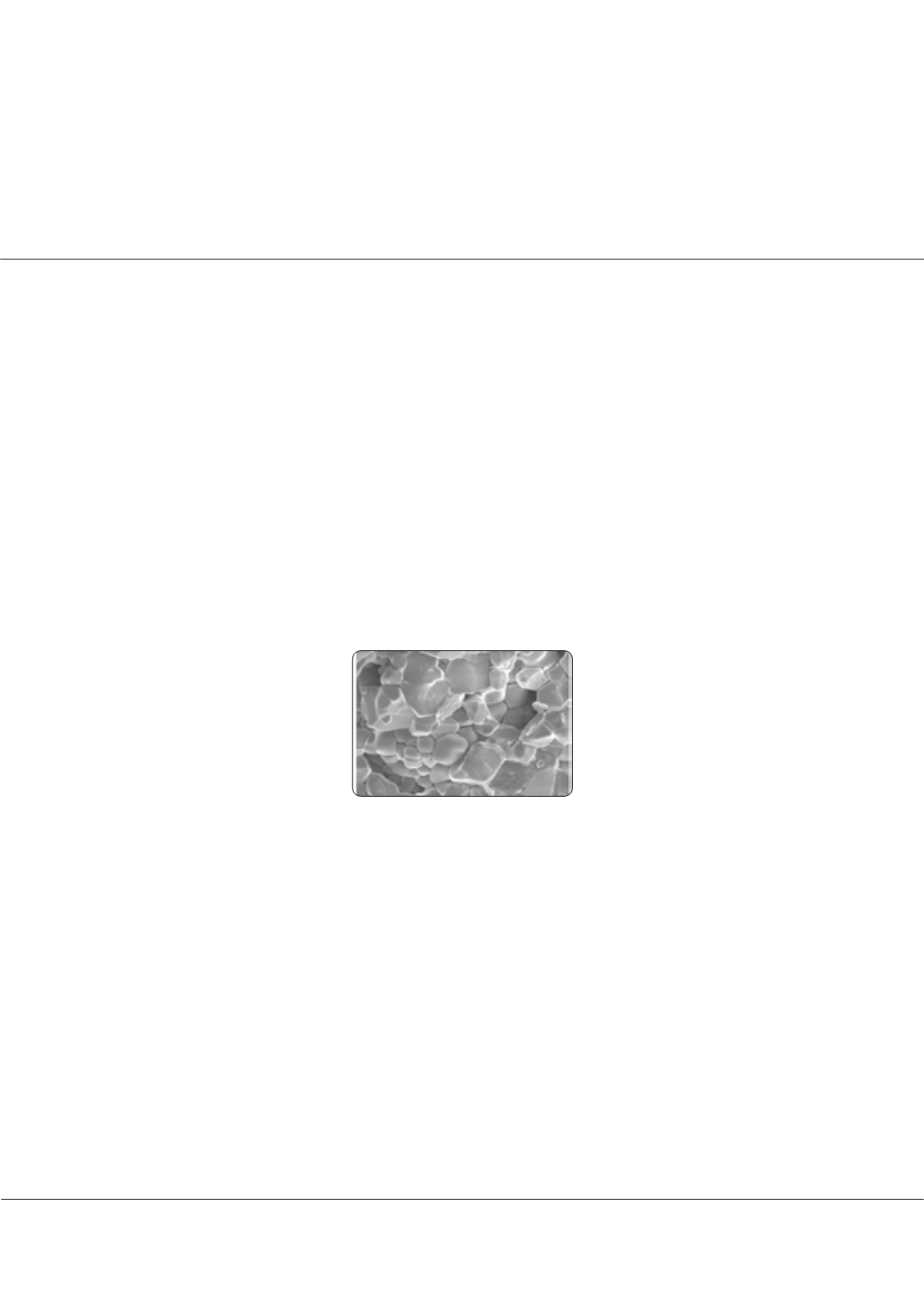

Page 70
conferenceseries
.com
Volume 6
Research & Reviews: Journal of Material Sciences
ISSN: 2321-6212
Ceramics 2018
May 14-15, 2018
May 14-15, 2018 | Rome, Italy
4
th
International Conference and Expo on
Ceramics and Composite Materials
Li
2
O-ZnO-TiO
2
ceramics with eutectic additives for LTCC technology
Dmitry I. Vartanyan
and
Nikolay A. Makarov
Mendeleev University of Chemical Technology of Russia, Russian Federation
Statement of the Problem:
Currently, due to intensive development of Wi-Fi and mobile communications, the number of
widely used microwave devices, such as filters, resonators and a number of other electronic components, has significantly
increased. Since modern electronic devices tend to be portable, it is necessary that electronic components are also miniaturized
and highly sophisticated. Technology of low-temperature co-firing of ceramics (LTCC) allows to miniaturize multilayer
components, using silver as a high-conductivity metal electrode. In addition to the need to provide microwave dielectric
properties, ceramics obtained by the LTCC technology must have a sintering temperature that does not exceed the silver
melting temperature of 961°C. Methodology & Theoretical Orientation: Despite the fact that there are a number of materials
with high microwave dielectric properties, they cannot be obtained with LTCC technology, since they have a sintering
temperature much higher than 961°C. The Li
2
O-ZnO-TiO
2
system has developed a material with a sintering temperature
of 950°C for LTCC, which can be used for the production of electronic applications, such as resonators, filters and other.
Findings: As a sintering additive, a eutectic composition in the Li
2
O-ZnO-B
2
O
3
(LZB) system was used. The addition of 5.0 wt.
% of LZB allows reach a relative density of 98% at 950°C. The effects of the additive on sintering behavior, phase composition,
microstructure and microwave dielectric properties were studied. Conclusion & Significance The material is characterized by
dielectric permittivity ε17.7 and quality factor Qxf of 407 MHz.
Figure 1. Microstructure of LZT ceramics doped with 5 % wt. of LZB additive
Recent Publications:
1. Vershinin D.I., Makarov N.A. (2017) Ceramic dielectrics in the Li
2
O-ZnO-TiO
2
system for LTCC technology. Proc.
XII Internat Conf. “Modern methods and technologies for creating and processing materials”. 34-39.
2. Sumesh G., Mailadil T.S. (2010) Microware dielectric properties of novel temperature stable high QLi2Mg1-xZnxTi
3
O
8
and Li2A1-xCaxTi
3
O
8
(A = Mg, Zn) ceramics. J. Europ. Ceram. Soc. 30:2585-2592.
3. Sayyadi-Shahraki A., Taheri-Nassaj E., Hassanzadeh-Tabrizi S.A., Barzegar-Bafrooei H. (2015) Microware dielectric
properties and chemical compatibility with silver electrode of Li2TiO3 ceramics with Li2O–ZnO–B2O3 glass additive.
Physica B. 457:57-61.
4. Sebastian M.T. Dielectric Materials for Wireless Communication. Elsevier Science, 2008.
5. George S., Sebastian M.T. (2011) Low-Temperature Sintering and Microwave Dielectric Properties of Li2АTi
3
O
8
(A=Mg, Zn) Ceramics. Internat. J. Appl. Ceram. Techn. 8(6):1400-1407.
Biography
Dmitry Vershinin is a young specialist in the field of chemistry and technology of inorganic materials, physicochemical regularities in the technology of ceramic
materials based on refractory oxide compounds. The main scientific activity is devoted to the creation of new types of ceramic materials and the study of their
properties.
D.I.Vershinin@yandex.ruDmitry I. Vershinin et al., Res. Rev. J Mat. Sci. 2018, Volume 6
DOI: 10.4172/2321-6212-C1-015
















